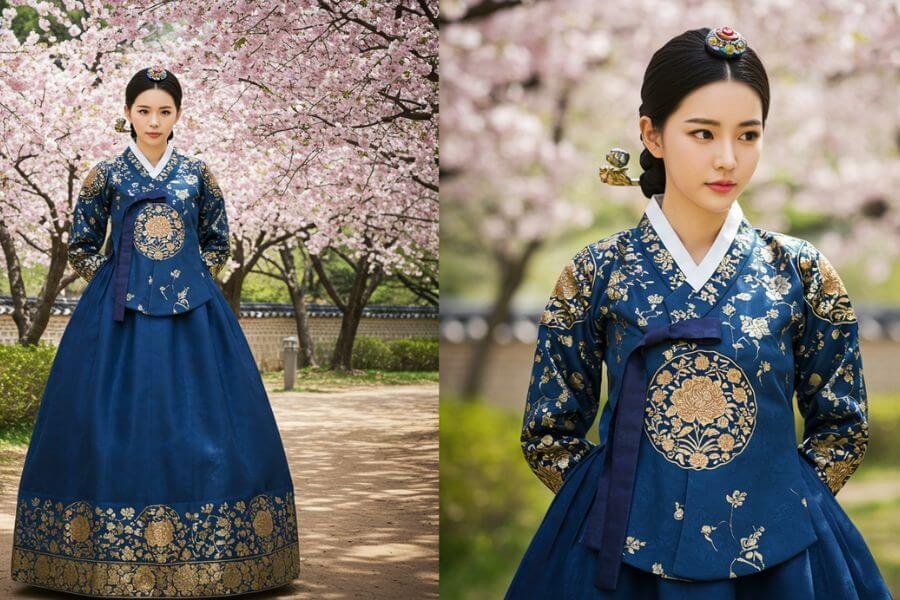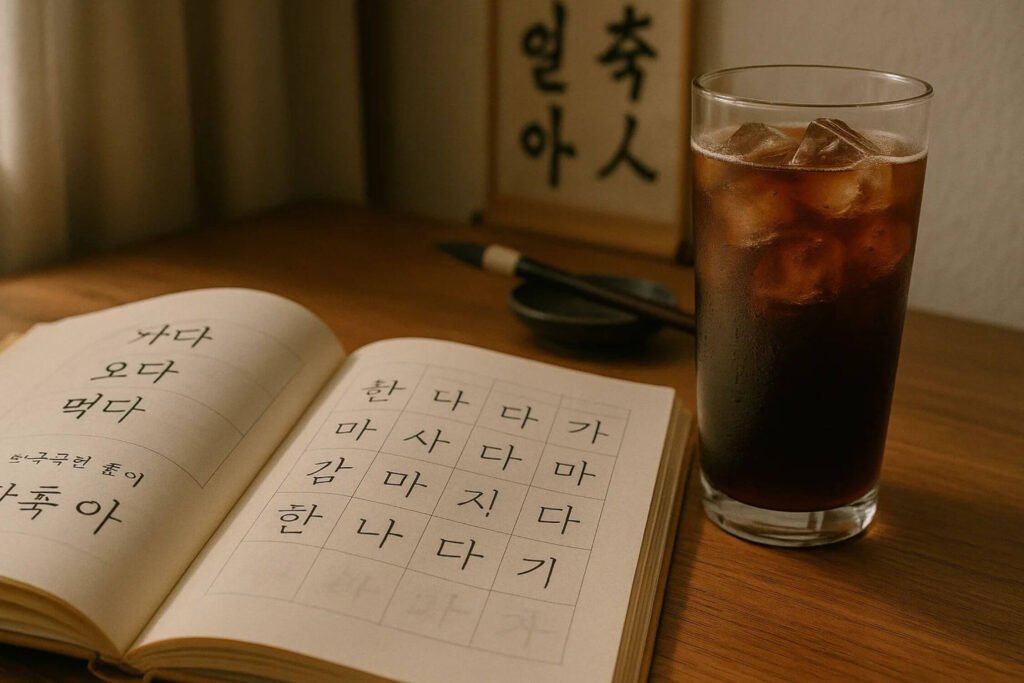When people think of South Korea’s rich cultural heritage, one of the first images that often comes to mind is the hanbok, the country’s traditional attire. With its flowing lines, elegant colors, and regal silhouette, the hanbok has transcended centuries of fashion trends to remain a beloved and iconic symbol of Korean identity. In recent years, it has also experienced a renaissance in both local and international fashion scenes.
While many people associate hanbok with vibrant colors and voluminous skirts, there’s much more to discover. From styles worn by royalty to modern reinterpretations gracing runways and music videos, the hanbok is a living, evolving expression of Korean culture. Let’s explore 10 of the most beautiful hanbok styles you can find in South Korea today, each offering a unique window into the country’s history, elegance, and creativity.
1. Gungjung hanbok (the royal attire)
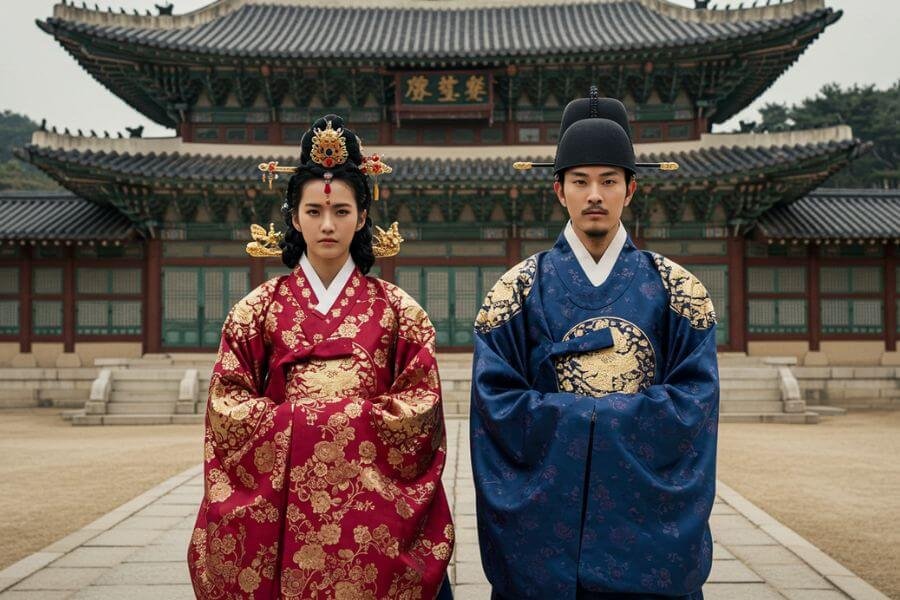
Gungjung hanbok, or royal hanbok, was historically worn by kings, queens, and members of the royal family during the Joseon Dynasty. It’s a style marked by its luxurious materials, intricate embroidery, and commanding presence. Silk fabrics dyed in deep reds, golds, and blues were traditionally used to convey wealth and status. The jeogori (jacket) often featured dragon or phoenix motifs, and the women’s skirts were paired with richly decorated underskirts and norigae ornaments. For the men, wide sleeves and high-waisted trousers emphasized dignity and power.
This type of hanbok is often seen in historical dramas and museum exhibitions. It exudes a sense of majesty that captures the imagination, reminding us of Korea’s regal past.
2. Dangui (the elegant upper-class hanbok)
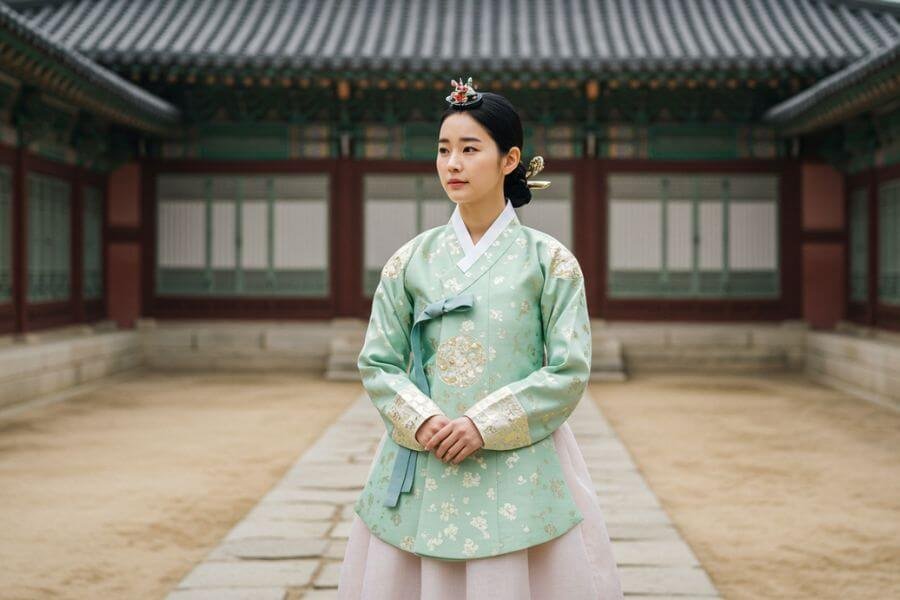
Another striking variation is the dangui, which was traditionally worn by court ladies and upper-class women during ceremonial occasions. What makes the dangui so appealing is its longer jeogori, which falls just above the knees, unlike the shorter everyday jeogori. The sleeves are slightly curved, and the fabrics used are generally light and soft, making it ideal for formal but graceful appearances.
Dangui hanboks are often seen in pastel shades, such as light green, yellow, or pink, which gives them a serene and feminine charm. These hanboks reflect not only social status but also a delicate aesthetic that values subtlety over extravagance.
3. Hwarot (the royal wedding dress)
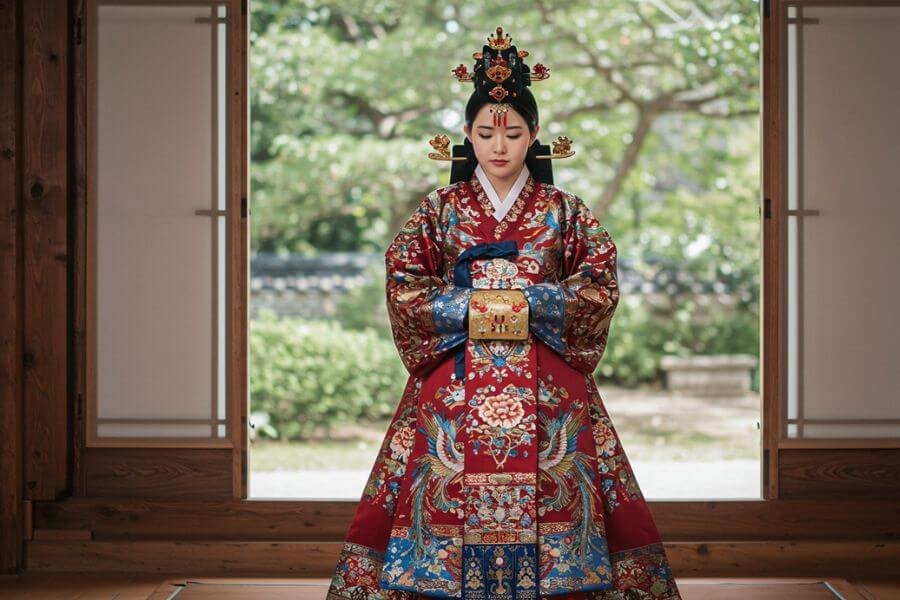
One of the most beautiful and elaborate styles of hanbok is the hwarot, traditionally worn by princesses and noblewomen during weddings. A true feast for the eyes, the hwarot is adorned with intricate patterns representing longevity, prosperity, and happiness. The robe extends to the ground and features bold colors like crimson, royal blue, and gold.
The most fascinating part of the hwarot lies in its symbolism. Embroidered motifs such as phoenixes, peonies, and pomegranates are carefully chosen to bring blessings to the bride. The sheer level of detail and craftsmanship involved in a hwarot hanbok makes it one of the most treasured traditional garments in Korea.
4. Jeogori and Chima (the classic women's hanbok)
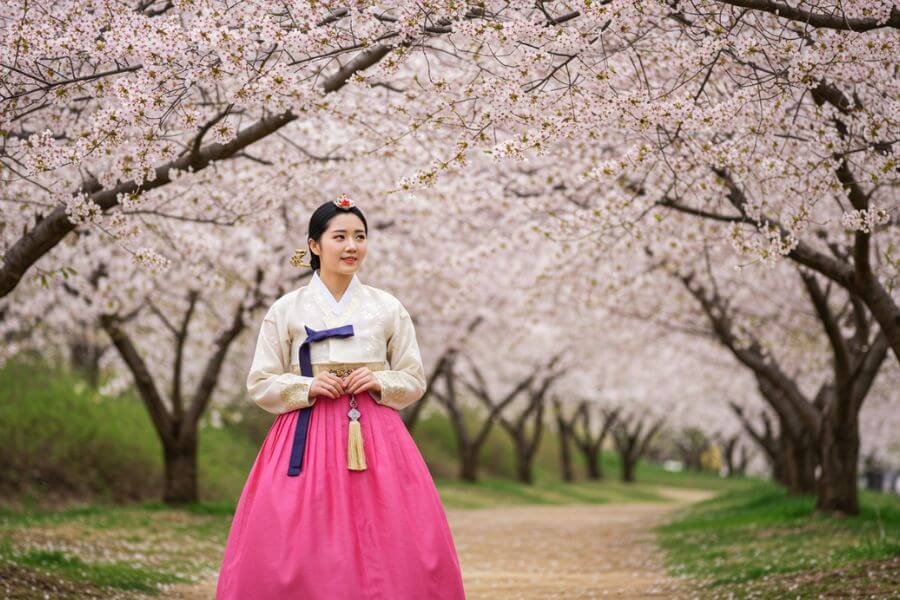
When people picture a hanbok, the combination of the jeogori (the short jacket) and chima (the long skirt) usually comes to mind. This is the most commonly worn style, both in historical records and modern hanbok rentals around places like Gyeongbokgung Palace or Bukchon Hanok Village.
What makes this style timeless is its versatility. The colors, fabrics, and even patterns can vary widely depending on the season, occasion, and personal taste. Some women choose bright and bold combinations for festive holidays like Chuseok or Seollal, while others opt for softer tones for more subdued events. The way the chima flows and sways with movement gives the wearer an ethereal appearance that’s truly mesmerizing.
5. Male hanbok (refined and understated)
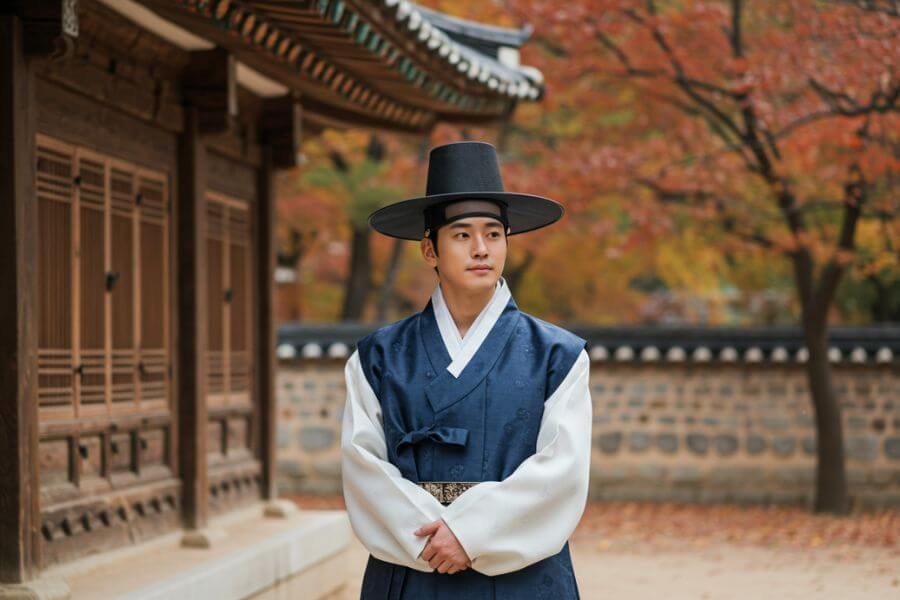
Though less flamboyant than their female counterparts, male hanboks carry a quiet elegance that is just as captivating. Traditional men’s hanbok consists of a jeogori and baji (pants), often paired with a sleeveless vest called a jokki or an outer coat known as durumagi. Unlike women’s hanboks that rely on volume and color, male hanboks emphasize simplicity and structure.
Today, many men choose hanboks in darker shades such as navy, charcoal, or earthy tones, which reflect maturity and wisdom. However, in traditional ceremonies or historical reenactments, you may see more vibrant options that reflect status and individuality. The minimalistic silhouette and comfortable fit make this style suitable for a wide range of formal and semi-formal occasions.
6. Modern fusion hanbok (where tradition meets trend)
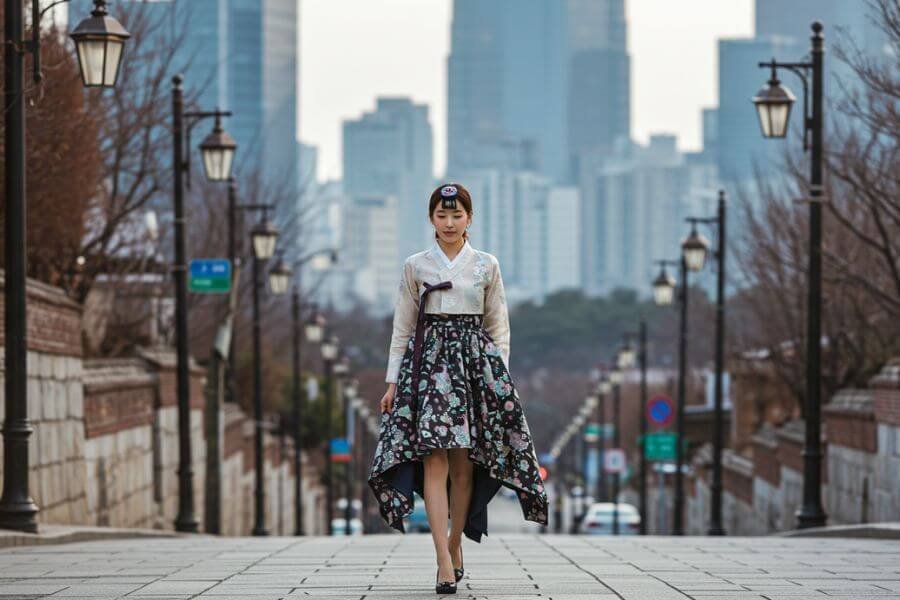
South Korea is known for its ability to blend tradition with modernity, and nowhere is this more evident than in the modern fusion hanbok. Designers have reimagined the classic silhouette by incorporating contemporary fabrics, patterns, and tailoring techniques. You’ll see shorter skirts, asymmetrical cuts, and even Western elements like lace, zippers, and metallic accents.
This style has gained popularity among younger generations who want to honor their heritage while expressing their individuality. K-pop idols, fashion influencers, and even brides have embraced modern hanboks for photoshoots and special occasions. Whether it’s a hanbok-inspired mini dress or a two-piece set with modern tailoring, these reinterpretations continue to push boundaries while celebrating tradition.
7. Children's hanbok (a rainbow of joy)
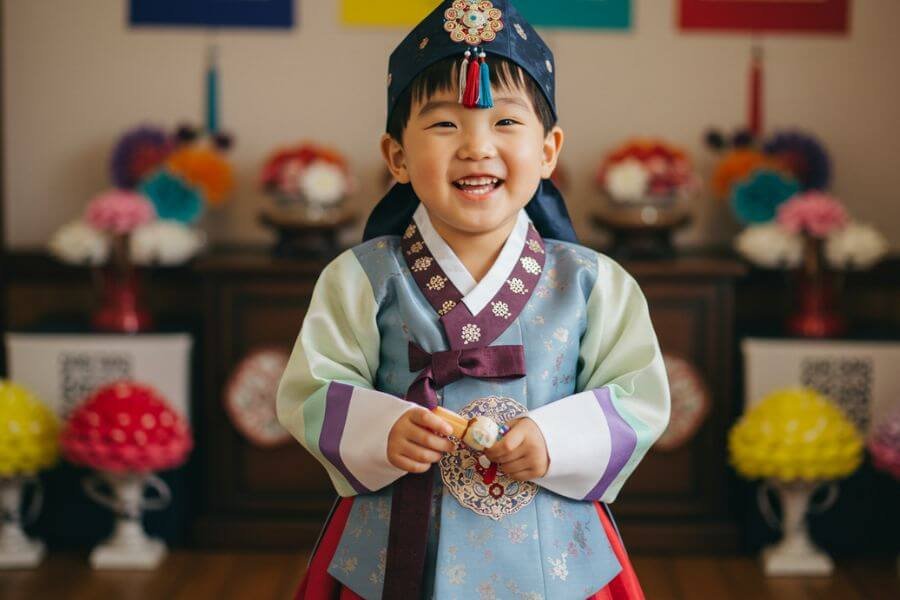
Children’s hanbok holds a special place in Korean culture, especially during celebrations like a baby’s first birthday (doljanchi) or New Year’s Day. These tiny garments are often designed with vibrant colors, bold stripes, and playful patterns that symbolize good fortune and health.
What makes children’s hanboks particularly endearing is their cheerful aesthetic. Traditional elements like the jeogori and chima or baji remain, but they are crafted with comfort and mobility in mind. Accessories like traditional hats (bokgeon for boys or jobawi for girls) add extra charm. Seeing a child in hanbok is not only heartwarming but also a beautiful reminder of cultural continuity across generations.
8. Color-themed hanbok (a celebration of the five elements)
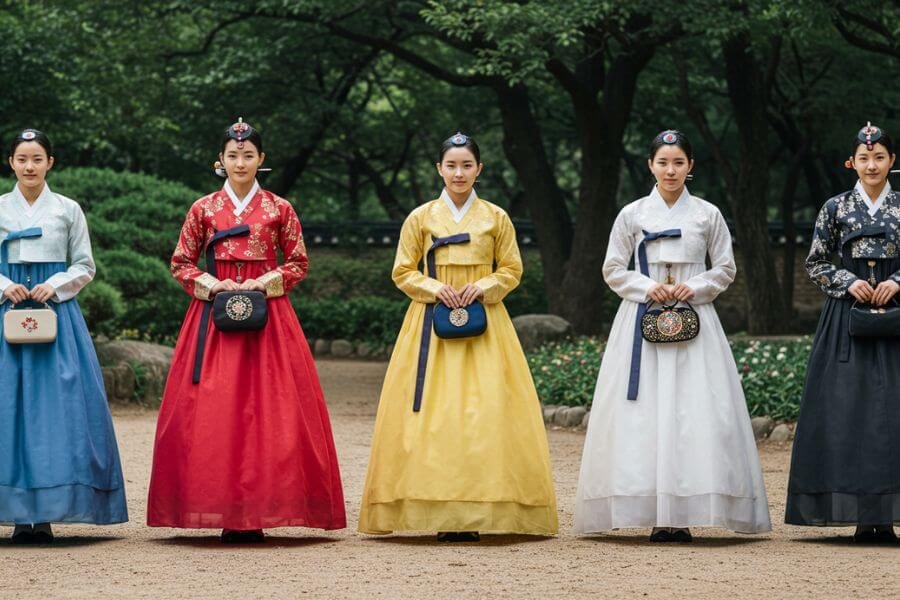
Traditional Korean philosophy often emphasizes harmony with nature, and this is reflected in the use of color in hanbok design. Based on the theory of the five elements—wood, fire, earth, metal, and water—each color holds symbolic meaning. For example, blue represents wood and the east, red symbolizes fire and the south, and black stands for water and the north.
Many hanbok ensembles are thoughtfully curated around these symbolic colors to bring balance and good fortune. During traditional ceremonies, you might see combinations like red and blue to symbolize yin and yang, or white and gold for purity and nobility. The result is a harmonious visual feast that blends spirituality with artistry.
9. Scholar's hanbok (the look of wisdom)
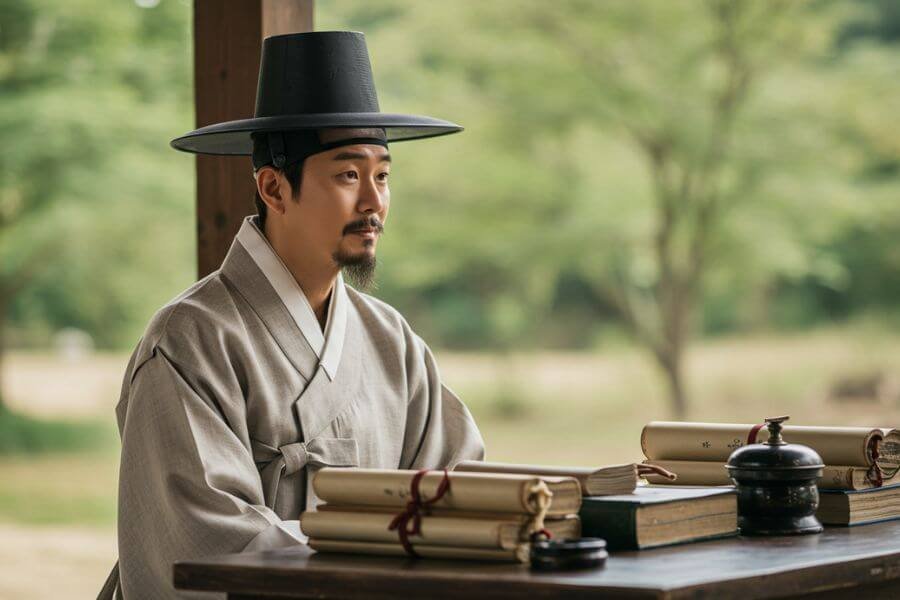
Scholar’s hanbok, or seonbi hanbok, evokes a sense of wisdom and introspection. Worn by Confucian scholars during the Joseon Dynasty, this style is characterized by a more subdued palette and minimalist design. The fabric is usually plain, often linen or cotton, and the outfit includes wide-sleeved robes paired with traditional headgear such as the gat, a black cylindrical hat made from horsehair.
Though not flashy, the seonbi hanbok carries a quiet dignity that commands respect. It speaks to Korea’s deep-rooted academic traditions and reverence for intellectualism. Today, this style is often worn during reenactments or scholarly events, and it continues to be admired for its understated beauty.
10. Bridal hanbok (a harmony of past and present)
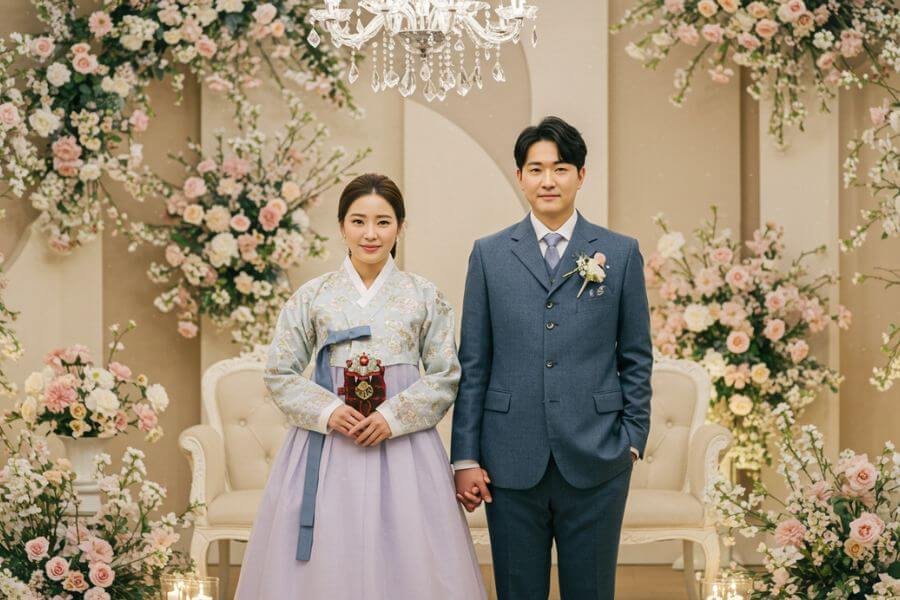
Modern Korean brides often blend traditional and contemporary elements in their wedding attire. While some opt for full hwarot ensembles, many choose simplified bridal hanboks in soft pastel tones like peach, ivory, or rose gold. These bridal hanboks maintain the essential silhouette of the jeogori and chima but are designed with modern materials like lace, silk blends, and custom embroidery.
The beauty of a bridal hanbok lies in its ability to honor tradition while embracing personal style. It’s not uncommon to see brides wear hanbok for the traditional tea ceremony or the second part of a wedding celebration, after the Western-style gown. With customized embroidery of wedding symbols like cranes and lotus flowers, these hanboks become not just clothing, but wearable heirlooms.
Bottom line
From ancient palaces to the streets of modern Seoul, hanbok continues to be a proud emblem of Korean identity. It’s not just a piece of clothing but a representation of cultural values, artistry, and timeless beauty. Whether you’re walking through a hanok village dressed in traditional garb or attending a fashion-forward wedding in a fusion hanbok, there’s something incredibly meaningful about donning this historic attire.
South Korea has done a remarkable job of preserving the hanbok while also allowing it to evolve. Local governments host hanbok festivals, K-dramas continue to spark global interest, and younger generations are finding creative ways to incorporate it into daily life. The government has even declared October 21 as “Hanbok Day” to promote its cultural significance.
The diversity in hanbok styles—from the grandeur of royal robes to the innovation of modern designs—reflects a culture that deeply respects its past while looking boldly toward the future. Each hanbok style tells a story, and together they form a rich tapestry that is as colorful and captivating as Korea itself.
